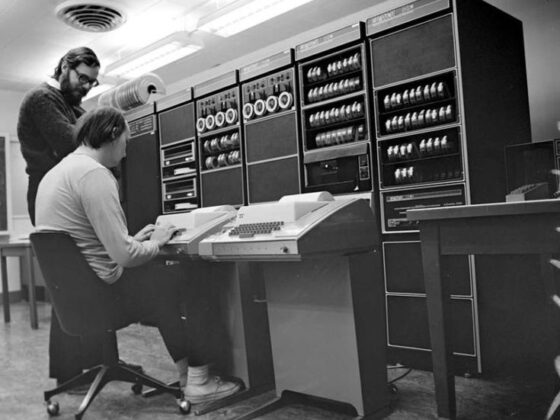In the 21st century, warfare is no longer confined to the traditional domains of land, air, and sea. As technology evolves, so too does the nature of conflict. Today, cyberwar is not a separate, isolated phenomenon—it is part of the natural evolution of conventional warfare, deeply intertwined with social, political, and technological change.
Gone are the days when nations could engage in conflict without considering the digital battlefield. Cyber-activity, whether in the form of surveillance, sabotage, or direct attacks, is now an integral component of almost every modern confrontation. Whether it’s a state-backed hacker group breaching the systems of an adversary’s critical infrastructure or a cyber-espionage campaign targeting sensitive political data, the lines between conventional and cyber warfare are increasingly blurred.
Cyberwar as an Extension of Conventional Warfare
To understand the role of cyberwar, it’s helpful to recognize how it fits within the broader context of military strategy. Traditional warfare has always been a tool of political power, used to advance national interests or suppress opposition. As political and social environments shift—whether through the rise of new superpowers, shifting alliances, or technological advancements—the nature of warfare evolves.
Cyberwar represents the next phase in this evolution. It complements and enhances traditional strategies by providing a less overt, more subtle means of achieving military and political objectives. Attacks no longer need to involve tanks rolling across borders or bombs dropping from planes. Today, a well-coordinated cyberattack can disable an enemy’s military command and control systems, disrupt power grids, or steal classified intelligence without a single shot being fired.
Take the example of the Stuxnet virus, which famously targeted Iran’s nuclear facilities. It wasn’t a conventional airstrike or ground operation. Instead, it was a digital sabotage campaign, orchestrated to cause physical damage to Iran’s uranium enrichment facilities. Such operations represent the integration of cyber activity into traditional military goals, where the end result—crippling infrastructure or intelligence gathering—often doesn’t require conventional warfare at all.
The Unavoidable Inclusion of Cyber in Modern Conflict
We can no longer imagine a geopolitical standoff or military confrontation that doesn’t involve some form of cyber engagement. Whether it’s using cyberspace for surveillance—gathering intelligence through hacking—or directly sabotaging an enemy’s digital infrastructure, cyber tools now complement every phase of military strategy.
In fact, cyberwarfare has become a critical tool in the political toolbox of many nations. During times of tension, cyber-attacks are often seen as an easy and low-cost means of exerting power or testing an opponent’s defenses without risking full-scale war. It is often considered a “soft” form of aggression, but one that can quickly escalate into something far more disruptive.
Looking Forward: A Digital Battlefield
As societies become increasingly digitized, and as more systems and infrastructures depend on interconnected networks, the threat of cyberwar will continue to grow. For future generations, cyberwarfare won’t just be a feature of warfare—it will be woven into the fabric of all military strategy, alongside airstrikes, naval blockades, and ground invasions.
It’s clear that cyber-activity is no longer a side concern or niche aspect of modern conflict. It’s a core element of how wars are fought, won, and lost. And as our social, political, and technological landscapes continue to evolve, so too will the strategies and tools used in cyberwarfare.
Conclusion: The Integration of Cyber and Conventional Warfare
Cyberwar, in its various forms, is the evolution of warfare itself. It’s not something that will replace traditional forms of conflict, but rather it will complement, enhance, and redefine the ways in which warfare is conducted in the modern age. The challenge for nations, military strategists, and cybersecurity professionals alike is to understand and prepare for a future in which the digital and physical battlefields are indistinguishable from one another.










